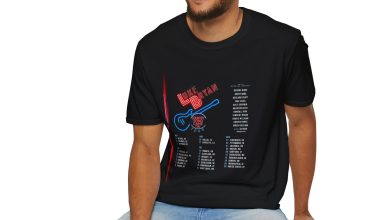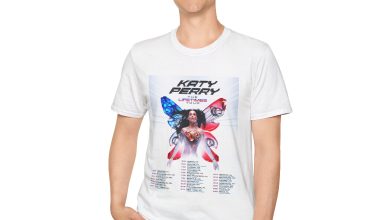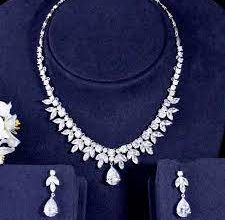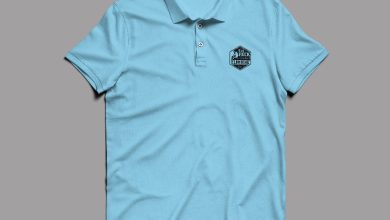The Evolution of Human-Made Clothing: From Necessity to Style
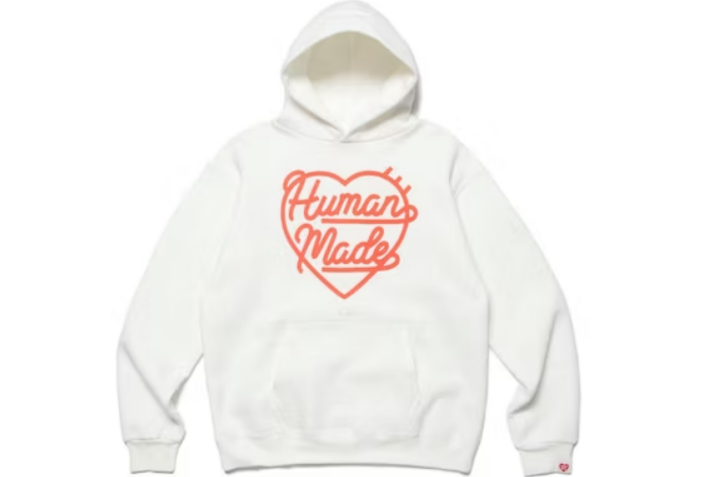
The Evolution of Human-Made Clothing: From Necessity to Style
In the world of fashion, human-made clothing stands as a testament to creativity, culture, and innovation. From the early days of crude garments fashioned from animal hides to today’s sophisticated fashion industry, the journey of human made clothing is a captivating tale of adaptation, expression, and societal transformation.
Introduction
The story of human-made clothing is one of ingenuity and creativity. What began as a basic need for protection from the elements has transformed into a multi-billion-dollar global industry that influences our identity, self-expression, and even our psychology. Let’s delve into the fascinating journey of how clothing has evolved over the centuries.
The Dawn of Clothing: Practicality Meets Protection
In the early days of humanity, clothing served a primarily practical purpose – to shield us from the harsh elements and provide a basic level of protection. From animal hides to plant fibers, early humans ingeniously fashioned garments that kept them warm and shielded from nature’s forces.
Evolution of Materials: From Natural to Synthetic
As civilizations advanced, so did the materials used for clothing. Natural fibers like cotton, wool, and silk took center stage. However, the 20th century saw the rise of synthetic fabrics like polyester and nylon, revolutionizing the industry by offering durability, affordability, and an array of new possibilities for fashion designers.
Cultural Significance: Clothing as Identity
Clothing became intertwined with culture, tradition, and social identity. Different cultures began using clothing as a means of showcasing their heritage, beliefs, and social status. Traditional attire became a source of pride and a visual representation of one’s background.
Fashion Revolution: Clothing as a Statement
The concept of clothing as a statement gained prominence in the 20th century, as fashion evolved from functional garments to wearable art. Designers like Coco Chanel and Christian Dior revolutionized the industry with innovative designs that challenged conventions and defined eras.
Sustainability in Clothing Production
In recent times, the environmental impact of the fashion industry has led to a surge in sustainable practices. From ethically sourced materials to eco-friendly production processes, the focus on sustainability is reshaping the way clothing is made and consumed.
The Psychology of Dressing: Impact on Human Psychology
Clothing not only affects how the world perceives us but also how we perceive ourselves. The psychology of dressing delves into the emotional and psychological impact of our clothing choices, highlighting how they can influence our mood, confidence, and even behavior.
The Globalization of Fashion Trends
Advancements in communication and transportation have enabled fashion trends to transcend borders. What’s popular in one corner of the world can become a global sensation overnight, reshaping the way people from different cultures and backgrounds approach fashion.
The Role of Technology: Shaping the Future of Clothing
Technology has disrupted the fashion industry, from 3D printing of garments to smart fabrics that can monitor health. The merging of technology and fashion is leading to new frontiers of creativity and functionality.
Fashion Icons: Influential Figures in the Clothing Industry
Throughout history, certain individuals have left an indelible mark on the fashion world. From legendary designers to iconic models, these figures have shaped the industry and left a lasting legacy.
Clothing and Self-Expression: Reflecting Individuality
In a world that celebrates individuality, clothing has become a canvas for self-expression. People use their attire to convey their personalities, beliefs, and passions without uttering a word.
Breaking Gender Norms: Unisex and Gender-Fluid Fashion
The concept of gender norms in clothing is rapidly evolving. The rise of unisex and gender-fluid fashion challenges traditional ideas of masculinity and femininity, promoting inclusivity and diversity.
The Artistry of Tailoring: Crafting Unique Pieces
Custom tailoring is an art form that celebrates uniqueness. From wedding gowns to bespoke suits, the craftsmanship involved in creating tailor-made clothing is a testament to human skill and dedication.
Fast Fashion vs. Slow Fashion: The Debate
The fast fashion phenomenon has brought affordability and accessibility to the forefront but at a cost to the environment and ethical production practices. Slow fashion advocates for quality, durability, and mindful consumption.
Conclusion
The evolution of human-made clothing reflects the evolution of society itself. From basic protection to a means of self-expression and cultural identity, clothing continues to weave together the threads of history, art, and innovation. As we step into the future, the story of human-made clothing will undoubtedly continue to unfold, adapting to the changing landscape of human needs and desires.
FAQs
What is the significance of sustainable fashion?
Sustainable fashion aims to reduce the environmental impact of clothing production by using eco-friendly materials and ethical practices.
Who is considered a fashion icon of the 20th century?
Coco Chanel is often hailed as one of the most influential fashion icons of the 20th century.
How does clothing impact our psychology?
Clothing choices can affect our mood, confidence, and behavior, a concept known as the psychology of dressing.
What is slow fashion, and why is it gaining popularity?
Slow fashion promotes quality over quantity, advocating for well-made, timeless pieces that prioritize ethical production and longevity.
